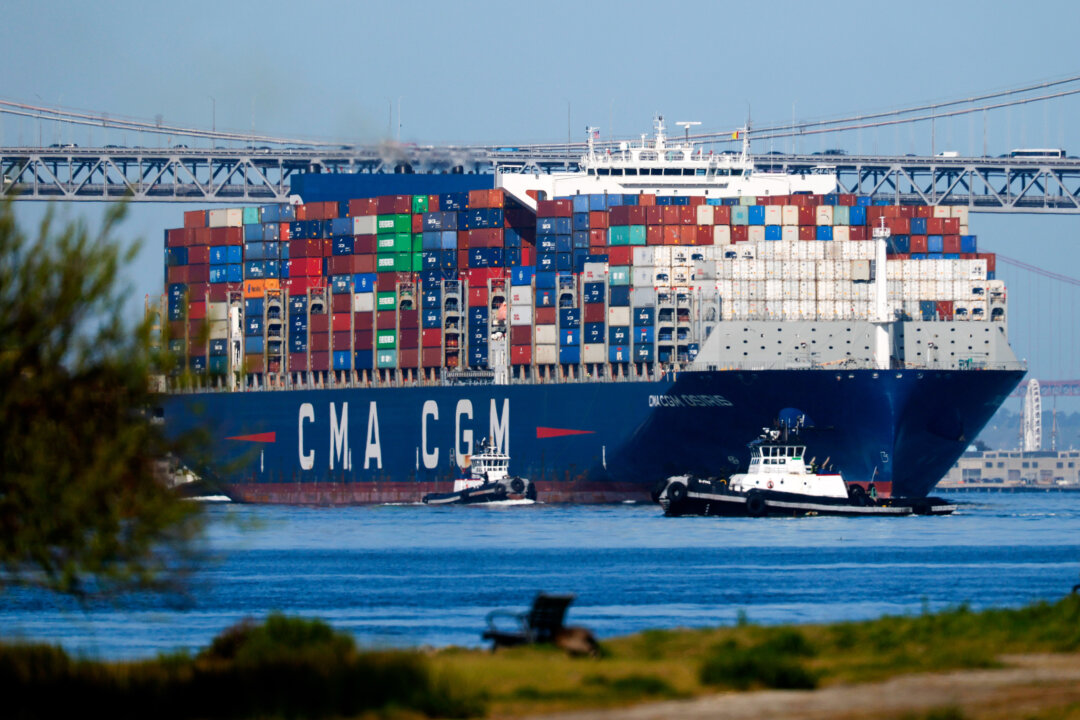U.S. Customs and Border Protection is scrambling to update further clarifications amid President Donald Trump’s shifting whirlwind of trade actions.
With a whirlwind of changes to U.S. tariffs, there’s a scramble to understand how the duties will impact goods in transit on container ships and those awaiting pickup at U.S. ports.
As of April 10, ocean cargo ships bound for the United States are exempt from President Donald Trump’s April 5 order imposing a 10 percent tariff on all imported goods until May 27 if they can provide proof that the goods were loaded onto the vessel before midnight on April 4 and have been at sea since.
That is also the case for the April 9 reciprocal trade levies against China, according to an April 8 Customs and Border Protection (CBP) “clarification.” Goods loaded onto ships originating in China before midnight on April 8 are exempt from the tariffs until May 27.
The original order imposed reciprocal tariffs on more than 60 nations; however, Trump amended it on April 9 to suspend implementation for 90 days for all targeted nations except China.
Meanwhile, the April 5 universal 10 percent tariff and April 9 reciprocal China levies don’t apply to imported goods now stored in “bonded” warehouses under the supervision of the CBP.
That is until those goods are removed from the warehouses by the importers.
This means that goods aboard vessels loaded before tariffs went into effect can be picked up directly from dockside ships by importers of record to avoid the levies, but if unloaded goods are stored in customs warehouses, the importers must pay the tariff, the agency said in a guidance bulletin to its Cargo Systems Messaging Service.
A later CBP update further clarified that the April 5 and April 9 tariffs would apply to goods that arrive or are removed from warehouses after May 27.
“To prevent importers from abusing the exceptions for goods that were in transit before April 5, 2025, or April 9, 2025,” the saving clause issued under Trump’s reciprocal tariffs order ends on May 27, “after which time the exceptions would no longer realistically apply due to the passage of time,” it said.
Importers of record directly pay the tariffs upfront.
While there is no import fee pay window or tollbooth collecting tariff payments at customs warehouses, importers of record—corporations, wholesalers, suppliers, and import-export customs agencies—are directly and automatically assessed the tariffs through the Treasury’s electronic payment program.
How those additional costs trickle down to the consumer depends on the products and retailers involved.
The general consensus is that bigger companies can pressure suppliers to absorb some added expenses, and larger suppliers can pressure importers and customs agencies to eat some of the levies, so size matters in how much of an increase a particular business or industry will pass along to consumers.

